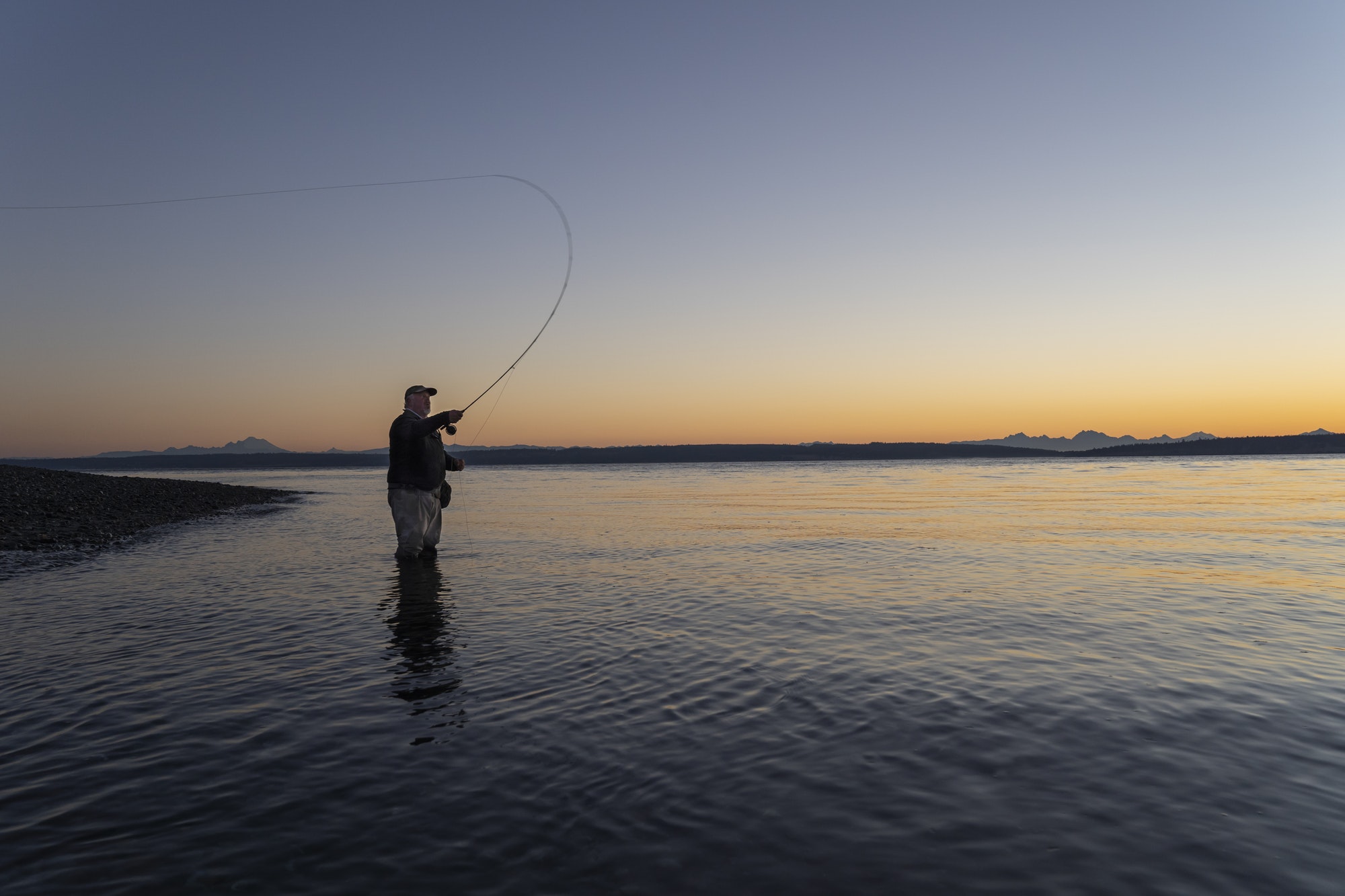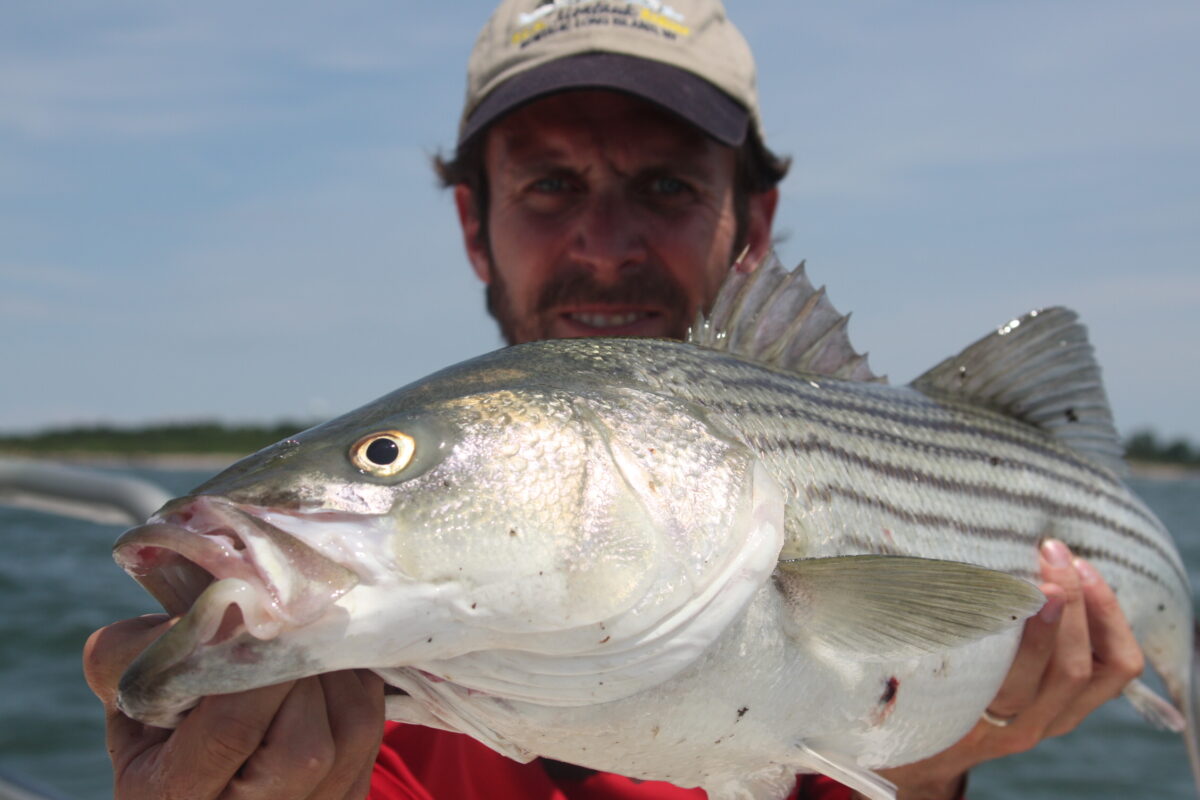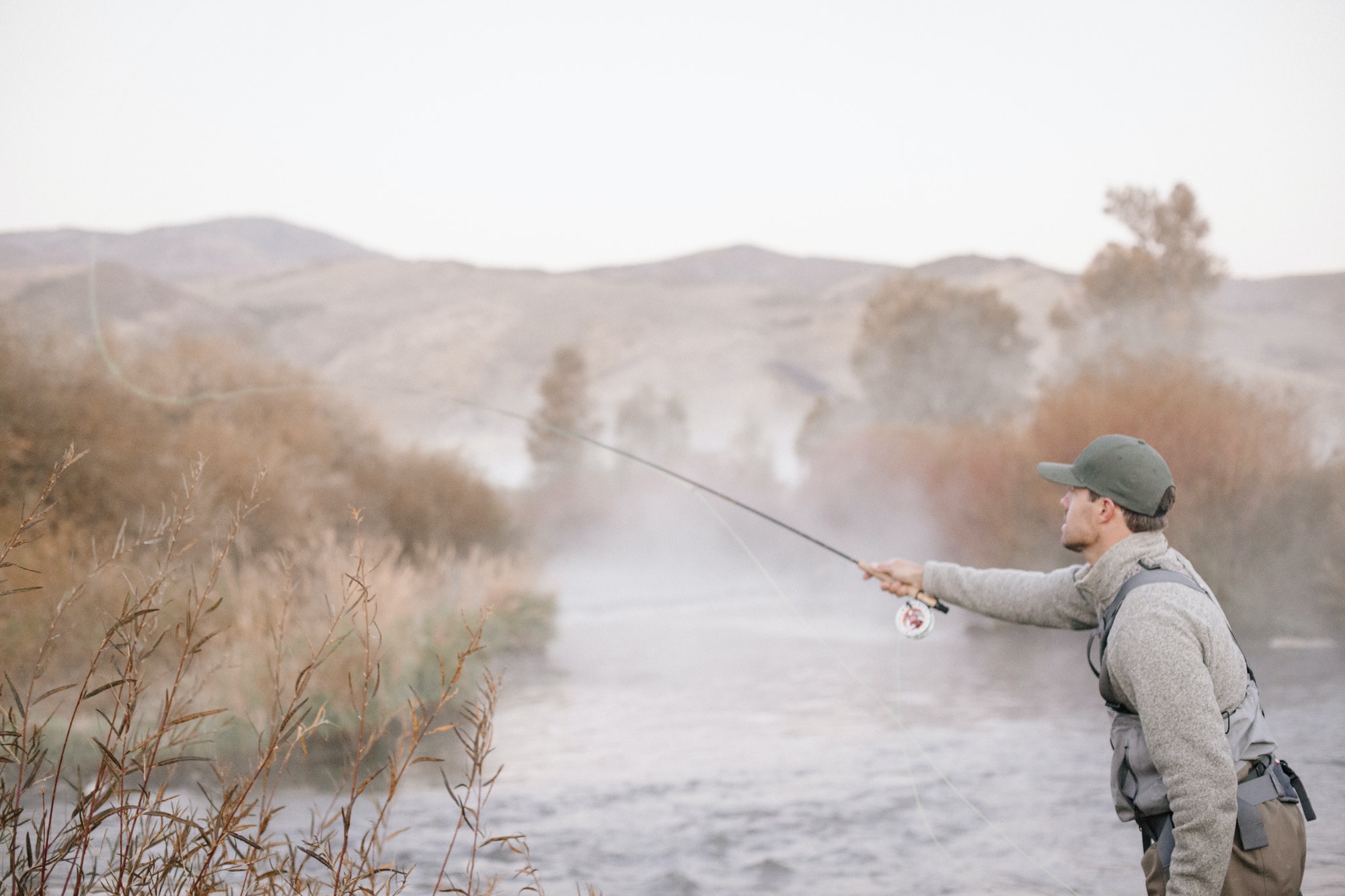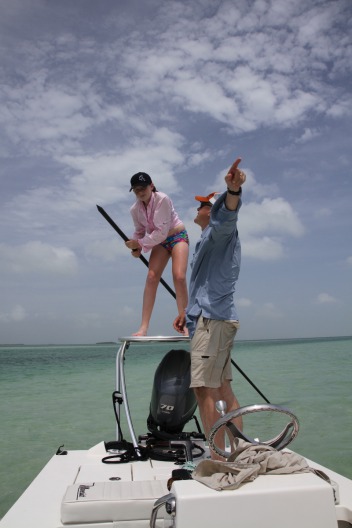
Fly fisher search casting searun coastal cutthroat trout.
Tailing loops, a life of teaching and fly fishing
Two former Florida Keys guide doctors can help reconstruct your casting and eliminate the infection of tailing loops. Cutchin explains how the infection starts and manifests itself in your delivery efforts, and Derr can hands-on teach you how to overcome the tailing loop disease once and for all.
By Skip Clement
The Yanks developed ‘haul’ fly casting, and it changed how a fly gets delivered long or short and it has ruled the waves since the Belgian Cast came ashore and got battered in a clean fight in the 1940s.
What is hard to imagine is who thought up casting using the double haul? Its mechanics avoid any kinship with intuition and takes considerable athleticism to be good at it no matter anyone’s claim that it doesn’t.
If one wants to learn how to cast using the haul, the degrees of getting a casting passport can be fraught with hurdles and delays, which can only shorten by having learned how to do it correctly at the outset. And the best way to get it right the first time is to develop a relationship with a fly shop owner or guide-staff that works there. On the other hand, if you’re already a spin fisher or bait chucker switching to graduate-level fly fishing could be easier than someone raw on fishing, and probably a paid trip with a good fly fishing guide is a great place to start.

Captain Andrew Derr with a clients nice striper on the flats earlier this spring.
Capt. Andrew Derr [Long Island on the Fly] is a professional fishing guide and has been for decades – there isn’t anything he doesn’t know about teaching fly casting, and he’s got biblical-like patience. Currently, he lives and plies the waters of Eastern Long Island along with similarly notable guides Capt. Paul Dixon, Capt. Brendan McCarthy, Capt. Vinny Catalano and a few others.
Andrew managed fly shops from the Florida Keys to New York City’s best, Urban Angler. Andrew spent endless hours teaching casting at the Orvis shop in the Keys’ Ocean Reef Club, famous New York City parks, and on Long Island where he lives. If you’re in the NY area you can contact Capt. Derr [212-495-9062] and move your casting needle rating to ‘skilled.’
Funny, but several guides I’ve had the pleasure of being shown their salt or freshwaters venues have said they’d rather teach women to fly cast and how to swim flies because women listen. Sorry guys, I’m just a messenger.
One of several distinguishing errors fly casting coaches see and have to mend is the dreaded tailing loop. I read an acquaintance of sorts, and former Key West guide explain the how and when of tailing loops. Be sure to save Marshall’s ‘splanin.’



